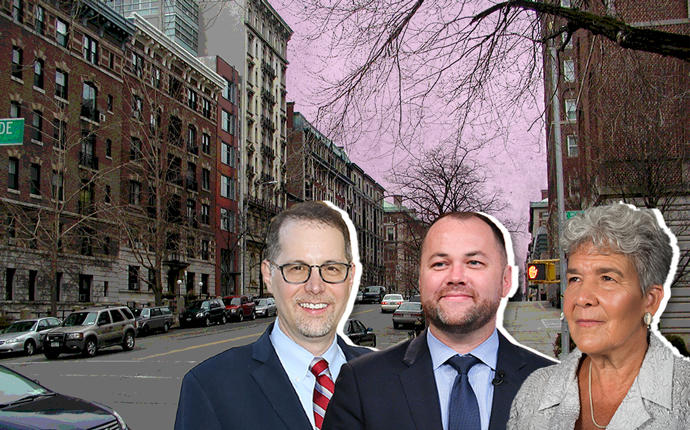Trending
Manhattan rezoning forges ahead — without the de Blasio administration
Council speaker bypasses City Hall on Morningside Heights plan

Last month, the de Blasio administration rejected a proposal to rezone Morningside Heights. Now, a community group — with the help of the City Council — is moving ahead without the agency.
The Morningside Heights Community Coalition is advancing plans to rezone the neighborhood despite the Department of City Planning’s reservations that changes won’t create much affordable housing.
City Council Speaker Corey Johnson has pledged to direct the council’s land-use staff to put together a rezoning proposal. Council member Mark Levine, who represents Morningside Heights, suggested going around City Planning, according to Johnson’s office.
Johnson and Levine would not comment for this story.
City Planning dismissed the coalition’s latest pitch in mid-September. According to the agency, the group sought new zoning for several sites that already had residential buildings or a committed use — including property owned by Columbia University and Mount Sinai St. Luke’s Hospital — and weren’t likely candidates for the construction of affordable housing.
Areas pegged for increased density under the proposal also didn’t have enough developable space to allow for the city’s Mandatory Inclusionary Housing program, according to the agency.
“We are always open to review and discuss proposals developed by community groups and the City Council that identify realistic opportunities to change zoning to create more affordable housing,” said Rachaele Raynoff, a spokesperson for City Planning.
Levine’s position has been that spurring some affordable housing construction would be better than doing nothing, and that new zoning could also activate moribund blocks that should have retail uses.
For at least the last four years, community groups and local officials have called for a change to the neighborhood’s zoning, which has remained the same since 1961. The effort was, in part, motivated by two towers planned towers at the Brodsky Organization’s 1047 Amsterdam Avenue. Rezoning proponents argue that the lack of height restrictions has led to large-scale development that is out of character with the neighborhood.
The coalition group previously identified more than 20 “soft sites” that are primed for massive new development because of unused air rights or high vacancy rates. Without new zoning, such projects would not be required to include affordable units.
Community-driven rezonings are rare but not unprecedented. In 2017 the City Council approved the rezoning of 10 blocks on the Upper East Side. That effort, led by Council member Ben Kallos and the East River 50s Alliance, was catalyzed by the Bauhouse Group’s planned 1,000-foot tower in Sutton Place.
The rezoning campaign continued after Gamma Real Estate took over the project, which is set to be 800 feet tall. After the City Council’s decision, the Board of Standards and Appeals ruled that the new zoning rules did not apply to Gamma’s project.




